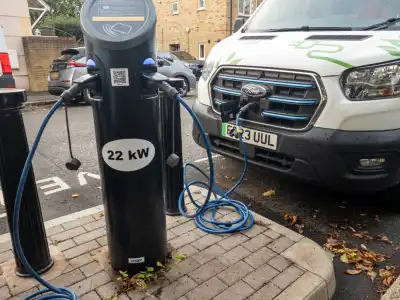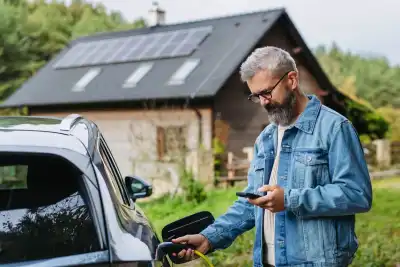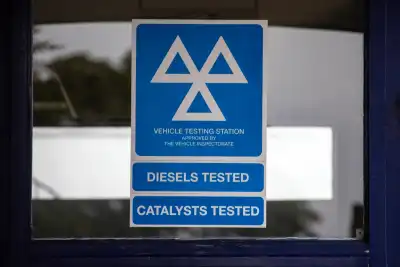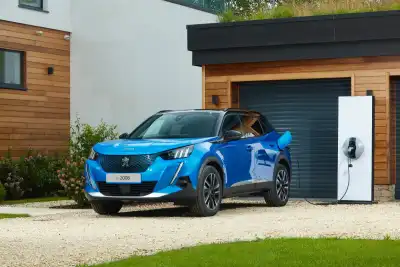
Oxford has plans to widen its zero-emission zone, creating a larger area in which more polluting vehicles will have to pay to enter. Previously, the zone had covered just a handful of streets, but this area is being pushed out in an effort to curb inner-city emissions.
There are set to be some changes to how much people will pay to enter. So if you’re often near Oxford - or plan on travelling there soon - here’s what you need to know about the zero-emissions zone.
When was the zero-emissions zone introduced?
A small pilot scheme for the zero-emissions zone - or ZEZ - was kicked off in February 2022, with the area covering just a handful of streets right in the centre of the city. It was introduced as a way for ‘county and city councils to test how the scheme works’, according to Oxfordshire County Council, with automatic number plate recognition cameras being used to track vehicles going in and out of the zone.
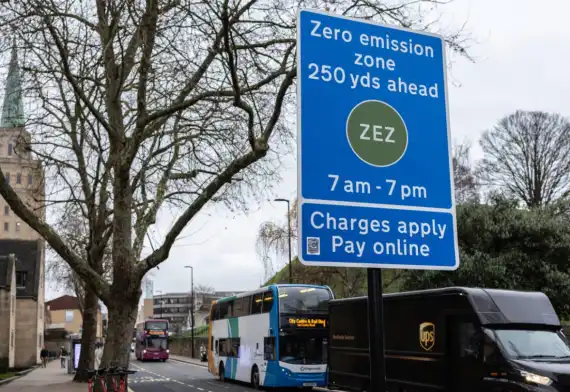
So what’s going to change?
Though a final decision has yet to be made, the expansion of the zone would see it pushed much further than the small number of streets it covers at present to include most of the city centre.
Oxfordshire County Council says that a cabinet decision on whether or not to proceed with the widened ZEZ will be made in 2025 and, if approved, it’ll be rolled out the following year.
How much will people pay to enter the zone?
At present, drivers of low-emissions vehicles - those which conform to Euro 4 petrol and Euro 6 diesel emissions standards - are charged £4 to enter the zone, but it’s widely expected that this will increase to £8.
Non-confirming vehicles are currently charged £10 to enter the zone, but it isn’t clear whether or not this will be increased as well. A non-compliant bus or coach - or heavy truck - is currently hit with a hefty £50 charge to enter the zone, too, but again it hasn’t been confirmed if this amount will rise.
Are any cars exempt?
Naturally, for a scheme which is looking to lower inner-city emissions, Oxford ZEZ doesn’t charge electric vehicles for entering the zone. This also applies to electric motorcycles and mopeds, which have both seen significant growth for inner-city travellers.
Check your car's ULEZ status here.
Ultra-low emissions vehicles which produce under 75g/km CO2 don’t have to pay much to enter the zone, either, with the current charge standing at £2. Again, it isn’t confirmed whether this will rise if the expanded zone is introduced.
Have any other driving schemes been introduced in Oxford?
Yes. Oxfordshire County Council introduced a low-traffic neighbourhood (LTN) trial in May 2022 and a decision was made in October 2023 to keep them in place for good. The LTNs cover just three locations - Divinity Road, Magdalen Road and James Street - and use a combination of cameras and physical bollards to promote walking and cycling by diverting traffic into other areas.
Private vehicles aren’t allowed to drive in these areas - and will be fined if they do - though emergency services, waste and postal vehicles and taxi and private hire vehicles are all permitted to enter.

